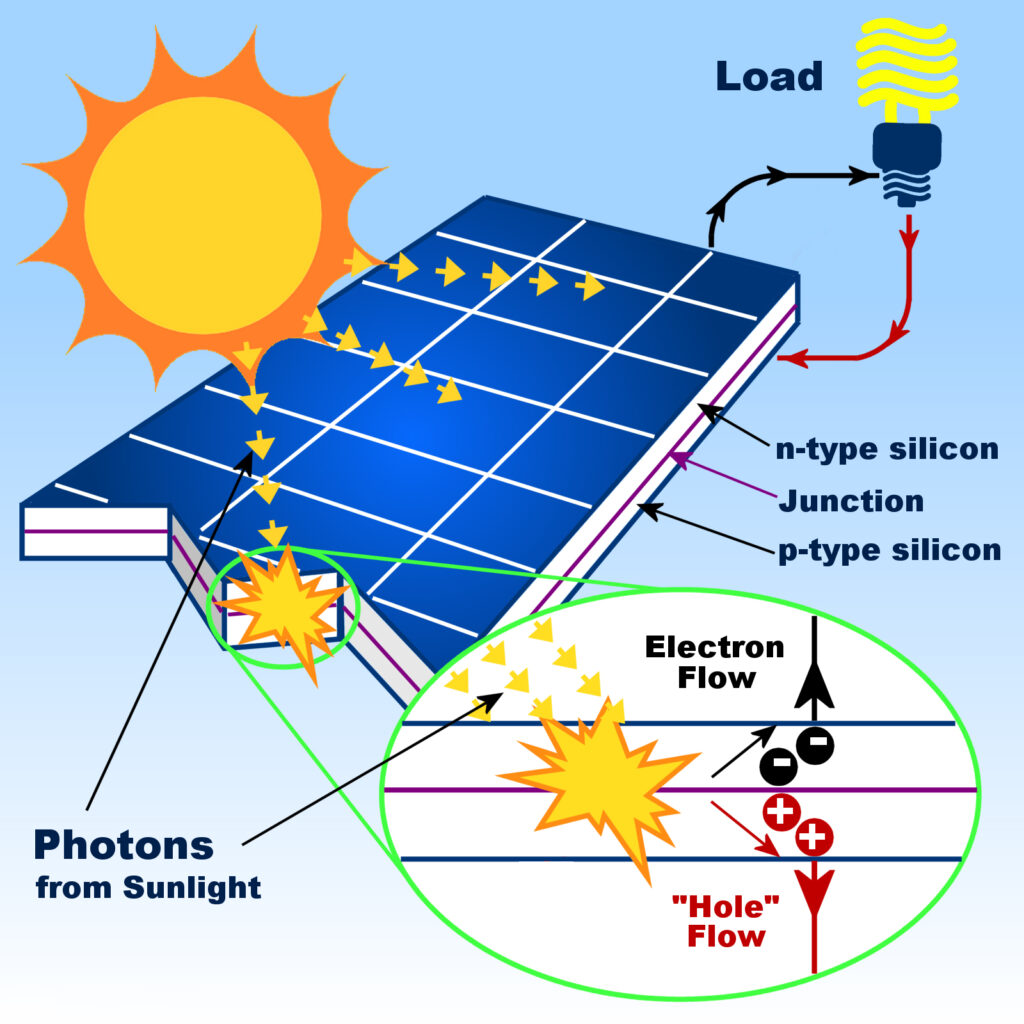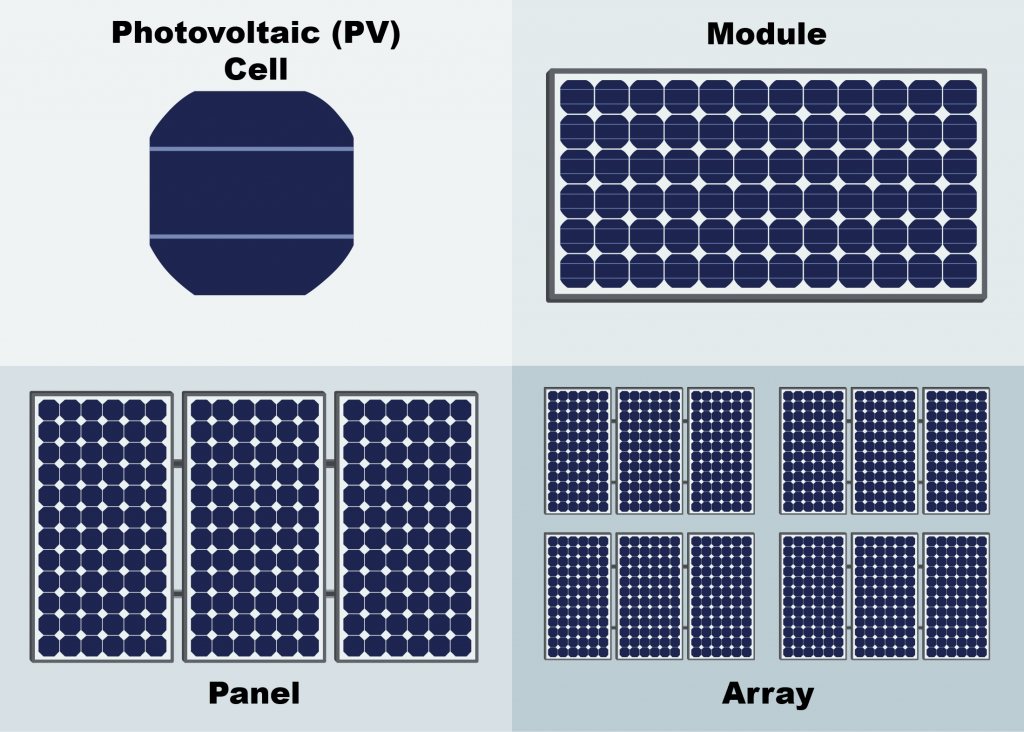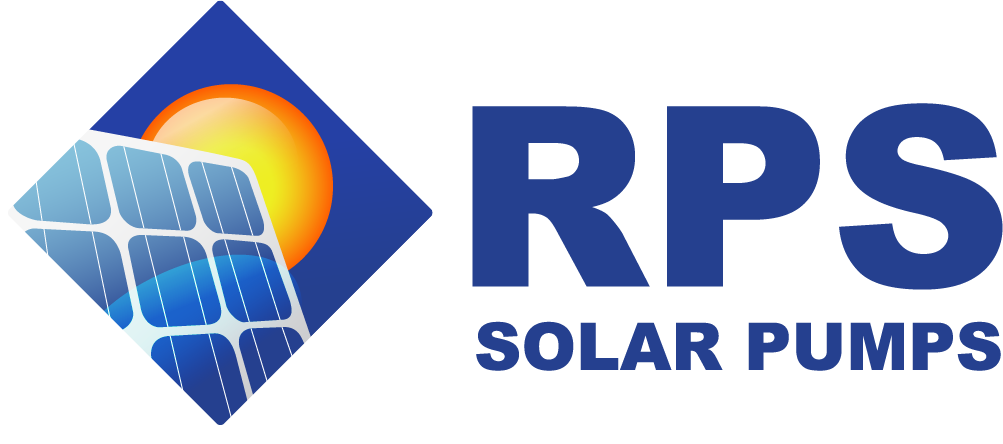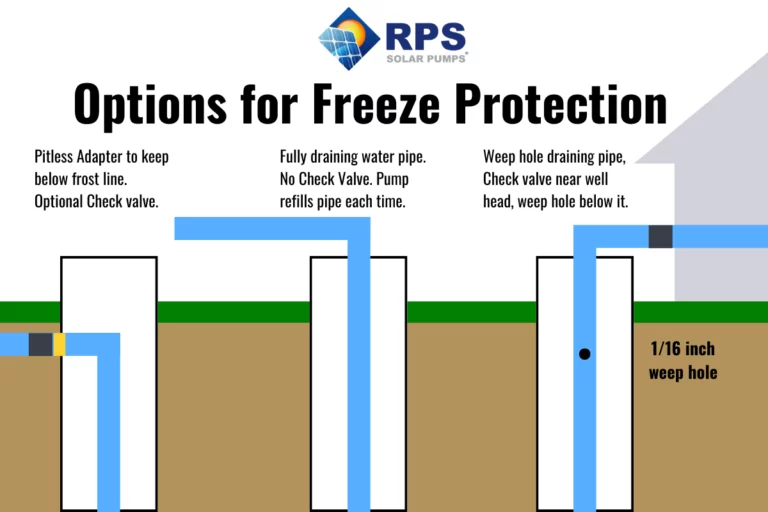How do Solar Panels work?
A quick look at the science behind solar panels
Over 100 years ago it was discovered that certain materials would give off sparks when hit with sunlight. These ‘sparks’ are now identified as electrons and make up the principle of physics called the ‘Photoelectric effect’. This principle is used in every solar panel ever made. The more specific ‘PhotoVoltaic effect’ (and the corresponding abbreviation ‘PV’) is the process where the sun’s photons transfer their energy to cause electrons to jump. When harnessed properly, the movement of electrons creates electrical current and usable power.
While solar panels include materials of all kinds, the most important are those that create this movement of electrons. Silicon is the most common, so we’ll use it in our explanation here. Silicon is a semi-conductive material, meaning it is not a conductor (like most metals) or an insulator (like glass) and can be manipulated easily to create electrically charged layers. Each solar panel contains two layers of silicon, each manipulated (or ‘doped’) with different materials to create a positively charged layer and a negatively charged layer.

The surface where the Positive (p-type) and Negative (n-type) silicon layers touch is called the ‘p-n junction’. A strong electromagnetic field is created here from the interaction of the 2 layers and there is a measurable voltage differential between the Positive to Negative side.
When photons from the sun hit the electron-rich layer on the top (n-type) electrons are released. The electrons want to flow from the oppositely charge n-type layer to the p-type and with the electromagnetic field as a ‘barrier’, it sets the stage for an organized direction of electron flow. The presence of an external load/circuit (a light bulb or solar pump!) provides a path for these photon-activated electrons in the n-type layer to travel around and back to the p-type layer. The electrons flowing through this circuit first run through the thin wires (‘contacts’) along the top of the n-type layer facing the sun, then through the wire and MC4 connectors as electrical power on the way back to the contact on the p-type layer.
A single solar ‘cell’ (or PV cell) is usually a few inches square and made up of all the layered materials needed to allow for this flow of electrons. Cells are only a few watts each can be combined together to make much higher wattage solar panels and arrays. The output of a given cell, panel or array is affected by a number of factors, most notably the amount of solar radiation that hits the solar panel at any given time at a given latitude and season, concentrated in the middle of the day. Mornings and evenings solar panels will still generate power, just not up to their full rated potential. Shade from trees and buildings, smoke, clouds and fog all play a factor. ‘Solar insolation’ is the average number of hours in a day when peak radiation is felt by the solar panel.

Solar cells have incredible lifespan, allowing for tens of years of use with very little degradation in performance and zero maintenance minus a little cleaning. They just need to be mounted facing south and tilted based on latitude and they will generate reliable power for years and years to come.
Here at RPS we think solar is the best choice for water pumping as it allows for independence from the grid, and the work associated with windmills and generators. We hope you’ll agree and join thousands of other Americans who trust solar panels to pump their water!

